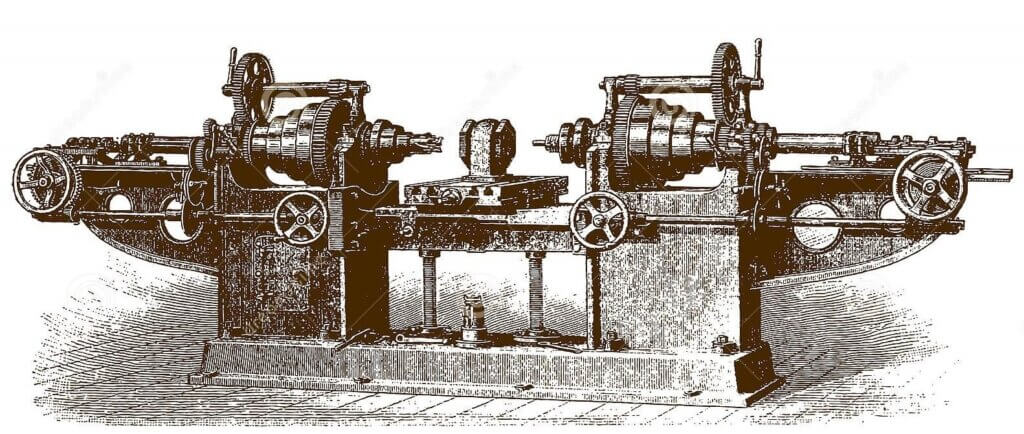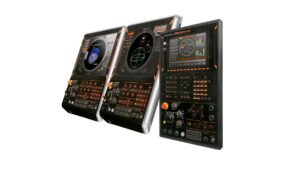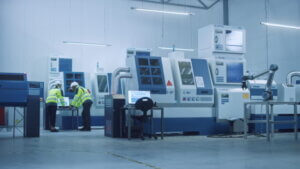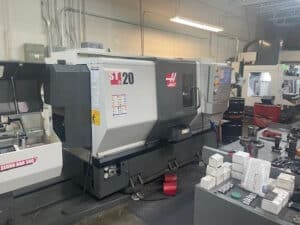Milling is the process of machining through the use of rotating tools that remove material gradually from a workpiece. Factories across the globe have used CNC mills for decades in a wide variety of industries, including aerospace, automobiles, FMC manufacturing, medical, oil drilling, oil pumping, oil refining, and precision engineering.
The Function of a Boring Mill
Boring mills are somewhat different from drill machines. With a drill machine the workpiece is held still while the material is penetrated, whereas a boring machine moves the workpiece against the milling cutter. This enables cutting to occur from the tips of the material and the sides. The main function of a boring machine is to penetrate a solid object to form a hole or increase the size of an existing hole. The machines may be manually or automatically operated.
Early Boring Machines
Machines to bore through solid materials have been around for hundreds of years. The first boring mills were introduced at the start of the 18th century to simplify the exceptionally difficult process of boring through solid materials by hand.
- In 1774 John Wilkinson, an iron master and prolific inventor, created a boring machine that extended the shaft with the cutting tool through the cylinder and supported it at both ends. Unlike the cantilevered boring tools currently in use, Wilkinson’s machine could bore iron guns from a single solid piece by rotating the barrel of the gun instead of the boring-bar. This enabled a uniform diameter for the bores, which made the guns less likely to explode. However, the early milling machines were large, complex, and lacking in efficiency.
- Around 1850 C. McFarland introduced an improved version of the boring machine. However, this machine still used the rack and pinion feed system and was only used for roughing-off pieces because the machine lacked an even table motion.
- In 1860 Francis A. Pratt developed a machine that used a screw feed and quick-return hand motion. As superintendent of the Lincoln Foundry and Machine Co., the machine became known as the Lincoln Miller.
- During World War I and World War II, industrial plants had to re-tool to produce wartime necessities, and there was a great need for machine tools with the capability of cutting, forming, and shaping metal for a reduced cost with greater precision and speed. This triggered rapid growth and innovation in the machine-tool industry, with the advent of jig borers and horizontal and vertical boring mills.
- In the 1970s, these mechanical boring machines went digital and became controlled by CNC tools and computers.
Today’s Boring Mills
History shaped the boring machine into the modern-day machines of today. Factories in worldwide industries have used CNC machines for complicated boring tasks for decades. These machines utilize multiple axes to house various cutting tools that remove a workpiece’s material to create or enlarge an existing hole. More advanced CNC boring mills can utilize multiple axes and may improve efficiency with the use of advanced coolant systems, automatic tool changers, advanced software, and pallet changers. High-quality contemporary machine tools mean that even the used CNC machines for sale today are remarkably efficient. Contact us anytime to speak with our CNC machine experts or to learn more about boring mills.



